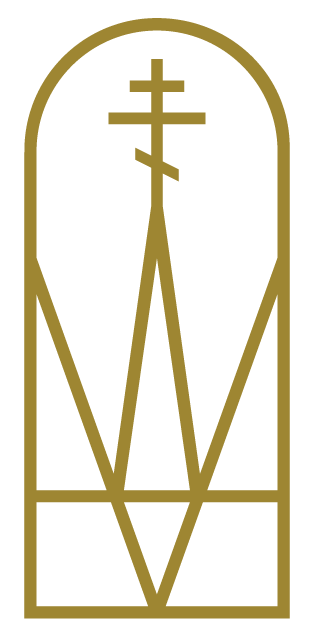Do You Know the Apostles?
As excerpted from Greek City TimesOn the June 30 each year, [all of the] Orthodox Church honours the Synaxis (a celebratory gathering) of the Twelve Holy Apostles. The commemoration of a Synaxis is commonly observed on the day following a major feast day. It recognizes the participation of a Saint or a group of Saints in the major feast preceding the Synaxis. For example, the Church holds a Synaxis in honour of St John the Baptist on the day after the Theophany.
The feast of the Synaxis of the Twelve Holy Apostles follows the feast of the pre-eminent apostles Peter and Paul [July 13]. Each of the Twelve is honoured on separate dates of the Church calendar. However the Church, in its wisdom, also established a collective commemoration of the Twelve Holy Apostles. This, because the group of Twelve Apostles, fulfilled the Lord’s commission to “Go… make disciples of all the nations, baptising them in the name of the Father and of the Son and of the Holy Spirit” (Mat 28:19).
The names of the Twelve Apostles are:
Simon, who was called Peter [who started the Church in Rome], and his brother Andrew, the First-called [who made the prophecy in Kyiv that one day there would be a great Christian nation there];
St. Peter was crucified upside down
St. Andrew was crucified on an X-shaped cross
James the son of Zebedee, and his brother John, who was also the Evangelist and Theologian [and also the youngest of all the Apostles];
St. James, the son of Zebedee was beheaded
St. John the Theologian was the only one not to die by martyrdom
Philip [whom Christ saw sitting under the tree and prophesied as such to him];
St. Philip was crucified
Bartholomew;
St. Bartholomew was crucified, flayed and beheaded
Thomas [whom we often remember as Doubting Thomas on the first Sunday after Easter because he asked to see the wounds of Christ when He appeared to the Apostles in the closed room];
St. Thomas was pierced with five spears
Matthew the publican [or tax collector], who was also called Levi and was an Evangelist [whom we remember that Jesus visited in his home] and his brother James, sons of Alphaeus;
St. Matthew was burned alive
St. James son of Alphaeus was crucified
Jude (also called Lebbaeus or Judas, and surnamed Thaddaeus), the brother of James, the Brother of God [St. Joseph the betrothed (to Mary), had grown children from his first marriage; thus half-brothers to Jesus];
St. Jude was crucified
Simon the Cananite ("the Zealot");
St. Simon the zealot was crucified
Matthias, who was elected to fill the place of Judas the traitor.
St. Matthias was stoned and then beheaded
Sources

